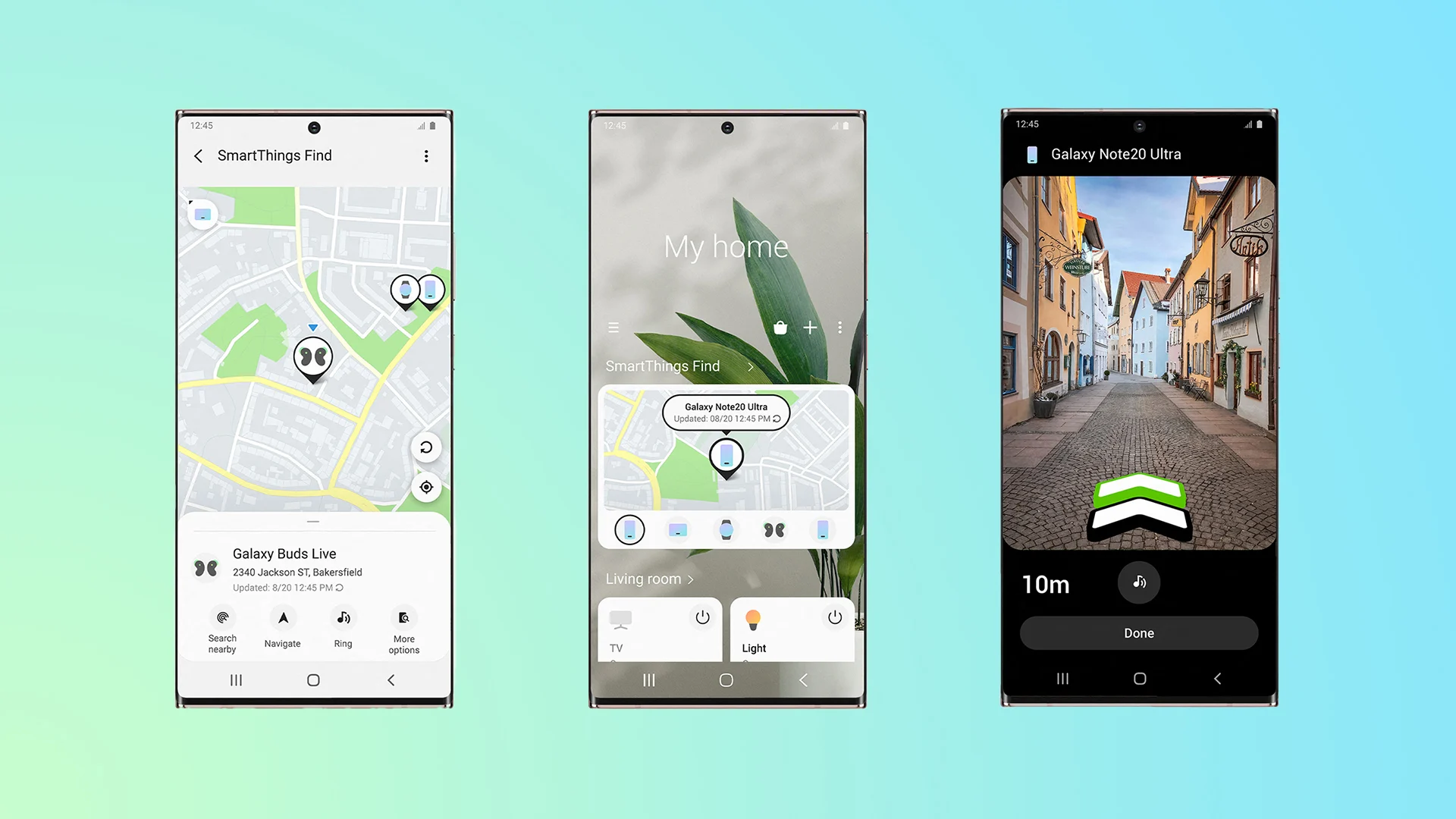In order to allow consumers to locate a lost or stolen device even if it isn’t online, Google is working to enhance the Find My Device service. The clue for this functionality was included in the changelog for December 2022 in Google System Update.
It states, “Find My Device now supports encrypted last-known-location reports for Android devices, using a new privacy-centric framework.“
Currently, the Find My Device service can only track internet devices that are running Android or Wear OS. The service allows you to delete a device, log out of your Google account from it, and remotely lock a device. However, for any of these capabilities to work, the device must be online. Furthermore, a gadget cannot be located after being remotely wiped. An unauthorised person could disable Find My Device even just by performing a device reset.
Samsung’s SmartThings Find service has the ability to locate a Galaxy device even if it is turned off. The service notifies the owner of a lost or stolen Samsung device of its whereabouts by connecting through Bluetooth to adjacent Samsung devices. Samsung has more than 200 million discover nodes to help customers locate their devices, even though its lost device monitoring technology is less effective than Apple’s.
Apple’s Find My service is highly capable and error-free, much like Samsung’s. Find My utilises the Bluetooth on the device and immediately connects with other Apple products nearby if a lost or stolen Apple product isn’t online. After that, it notifies the owner of the device’s location using other Apple devices in the area. Given that there are millions of Apple devices in use worldwide, Find My has a robust network, which is what allows it to function.
With the improved Find My Device feature, non-Samsung Android and Wear OS devices will soon be able to interact with one another, making it simple for customers to find their lost or stolen gadgets. The finest feature of Apple’s and Samsung’s device-locating services is that neither company can see the position of your device because they are end-to-end encrypted. It looks that Google’s upcoming Find My network has the same capabilities as well.
At this moment, it is unknown when Google will roll out the Find My Device network. The changelog indicates that the company appears to be close to finishing the service’s development, which raises the possibility that it may be made available very soon. I’m hoping Google will incorporate it for the Android 14 release. Allowing the service to be integrated into other devices may encourage manufacturers to create products like Samsung’s Smart Tag.








